Empowering conservation through education and community engagement
Suhirtha Muhil M., in her article titled “Empowering conservation through education and community engagement”, discusses her organization’s initiatives in the intersection of conservation and citizen science, and draws some broad learning from the same.
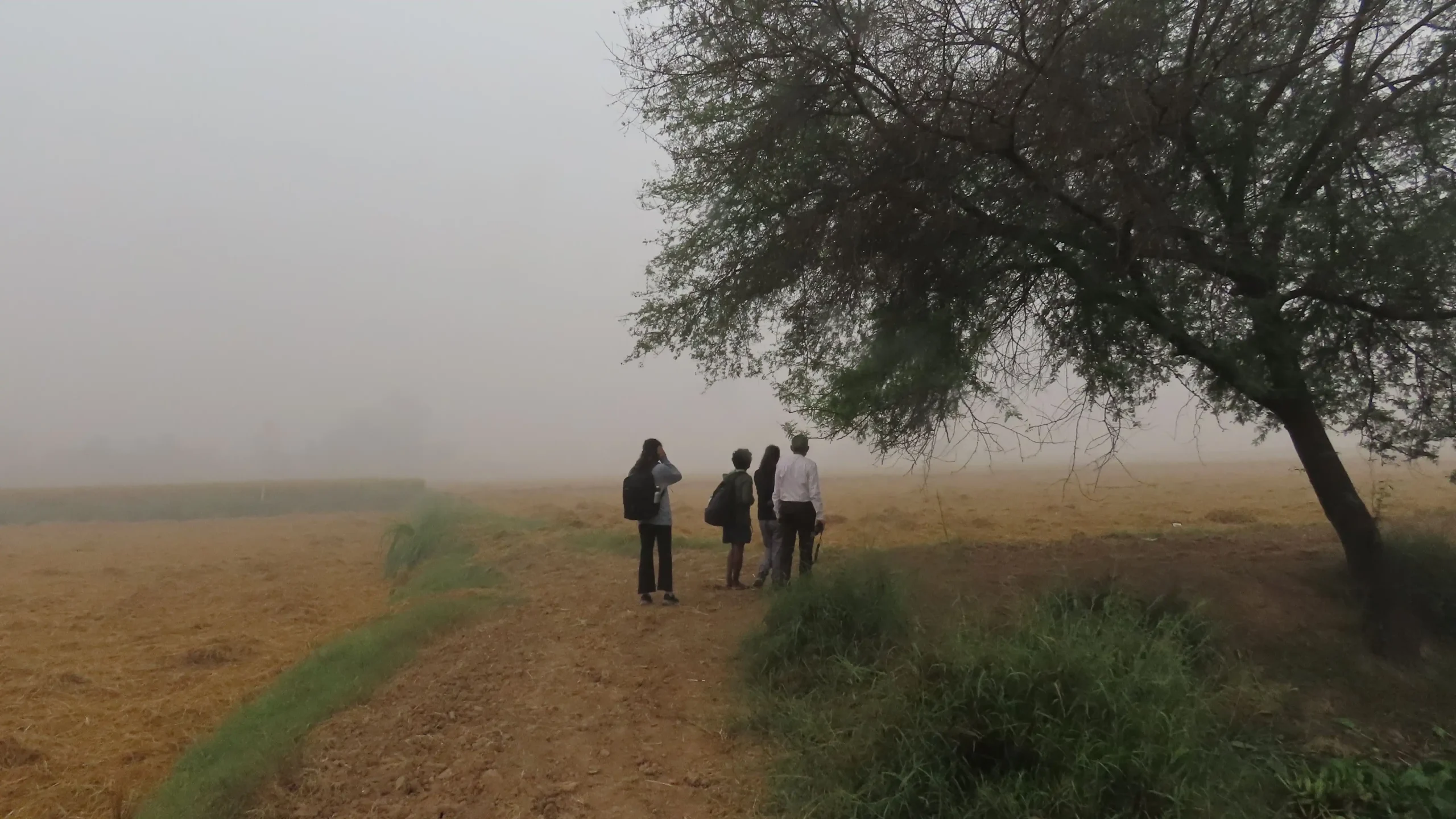
Conservation is a purpose-driven endeavor. For any conservation institute, it quickly becomes evident that the journey will seldom be alone. Meaningful solutions can be reached only with the involvement of people and communities.
Nature Conservation Foundation (NCF) recognized this idea in its vision statement – “Where nature and society flourish together”. It recognizes that both scientists and communities could learn from each other’s knowledge and fill in the gaps that are needed in achieving solutions that benefit nature and humans alike. This vision is reflected in many of the ongoing projects through education and community engagement.
Community engagement
NCF’s engagement with communities began with efforts to reduce human-animal conflicts. Human-elephant conflicts in the Anamalai Hills of Tamil Nadu and in Karnataka’s Hassan district have been studied over several years now. Longterm research is key in these eco-diverse landscapes.
Here elephant movement is tracked with the help of local communities and State Forest Departments. This information is then shared with local residents through SMS, voice call alerts, GSM-based digital information boards, and alert light beacons. Over the years, these efforts have greatly reduced the human fatalities and injuries in these two landscapes.
In the trans-Himalayan region, the High Altitudes Program has supported snow leopard conservation by studying their behavior and ecology. It compensates local communities for livestock losses due to depredation by snow leopards and supports the creation of predator-proof enclosures. Communities actively monitor snow leopards and other wildlife. Women in Spiti are now trained in wildlife monitoring and camera trapping, a role men have predominantly undertaken in the past.
In these landscapes, where grazing is the main livelihood, communities traditionally built ‘Shangdongs’. These are traps used to kill black wolves, primarily to protect livestock. Today, many of these ‘Shangdongs’ are being converted into stupas, Buddhist structures where people can pray.
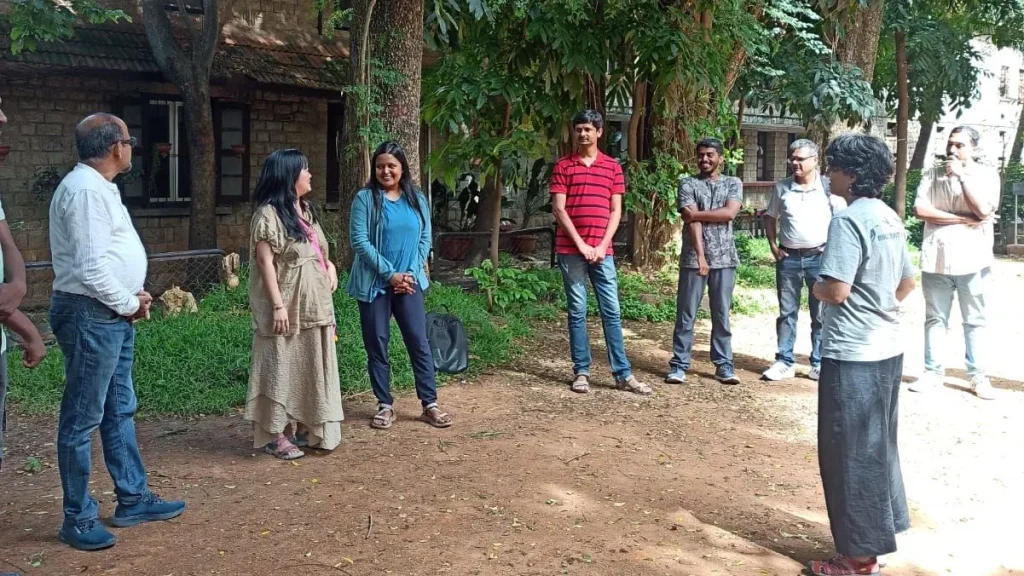
In the Eastern Himalayas, the Hornbill Nest Adoption Program has collaborated with members of the Nyishi tribe to monitor hornbill nests. The tribe observes the nests during the breeding season and nest sites are monitored for occupancy every year.
Hornbill Watch, a citizen science initiative launched in 2014, allows individuals to record sightings and images of the nine hornbill species found in India by sharing information about the birds. Similarly, with the help of local communities and their traditional knowledge, camera traps have been placed to study the behavior of the Chinese Pangolin.
Nature, culture and climate change
In the face of climate change, researchers notice how language, culture, and people’s connection to the environment are evolving. They have taken steps to document these changes and raise awareness about these issues.
In the remote high altitudes of the Himalayas, local folktales and stories are often confined to small, isolated locations, giving them unique identities. To bring these tales to a broader audience, ‘HimKatha’, a biannual magazine, was launched. It highlights the importance of preserving the Himalayan ecosystem, while documenting stories and folktales from the region as remembered from one generation to the next.
In the Himalayan belt of the northeastern states, storytelling helps young children connect with their indigenous languages. Researchers there believe that as traditional cultural activities (like bamboo homeconstruction) reduce within the community, the words and terms associated with these practices are also at risk of being lost. To preserve the local language and culture, a group of locals who are working on conserving nature and culture, are engaging children through storytelling and plays.
In the Lakshadweep Islands, researchers and local communities engage in participatory dialogues to share knowledge, address knowledge gaps, and understand community perceptions of nature. These efforts facilitate better communication between researchers and local people about the impacts of climate change. These also emphasize the sustainable use of limited natural resources such as freshwater, fish, and coral reefs. All these efforts and interventions aim to positively impact the livelihoods of local communities.
Making early connections
It is believed that knowing and understanding a place creates connections and attachment in its people. This sense of attachment to trees, rocks and animals around people is fostered by their connections to nature developed from childhood.
The deeper this bond, the more empowered people feel to take action toward protecting and preserving their place. It is, therefore, necessary for outreach programs to be placebased and locally contextualized.
The Nature Camp Program held at the Pakke Tiger Reserve takes school children living adjacent to the forest reserve to experience the forest. During the one-day camp, children engage with the forest through games, journaling, reflecting, sitting by the river, touching the soil, observing insects, and hugging trees.
The tree-hugging activity, in particular, is known to be one of the most profound and moving experiences for both children and teachers. Some of the children get to go on three-day camps at a later stage, an opportunity they all look forward to.
The impact of place-based educational camps conducted by local NGOs and schools, such as those in Madayippara, Kerala, where local students explore laterite hill rock outcrops rich in distinctive flora and fauna, is currently being studied. Understanding how these camps influence children’s perspective toward nature will help in designing better environmental educational programs.

Several programs at NCF reach a much larger audience across India. These foster a broader, more general understanding of ecology. Simultaneously, these also cater to regional requirements through the curation and development of teaching-learning resources.
The Early Bird Program aims to cultivate a love for nature among young people through the lens of birds. The program produces engaging educational materials like flashcards and region-wise pocket guides. It holds workshops for young children on bird observation. It also conducts many informative webinars for youngsters and educators.
These resources have been well received by educators, and have reached the remotest corners of the country. Recently, EarlyBird has partnered with Government of Karnataka to train 6,000 librarians across all the districts and panchayats to engage children in bird observation and nature-based activities.
NCF’s Nature Classrooms initiative integrates nature into classroom lessons in meaningful and practical ways through capacity building programs with teachers and educators. It emphasizes that nature-based education should be contextual, age-appropriate, and locally and culturally relevant. The initiative’s resources aim to support and enrich Environmental Studies (EVS) curricula in primary schools. Recently, their nature-based learning methods were incorporated into NCERT’s primary school EVS books.
The SeasonWatch Program was created for everyone to observe tree seasonality. Most recently, team SeasonWatch developed a curriculum-adjacent, activity-based resource for middle- and high-school educators to work with children in understanding the impacts of climate change in and around their schools.
Environmental anxiety is an emerging concern in ecologically fragile areas already beset by difficult living conditions. The SeasonWatch Climate Change Educators Resource serve to document these changing ecologies in an age-appropriate and curiosity-driven approach, ensuring that children’s well-being is not affected.
Migrant Watch, launched in 2007, was a citizen science initiative aimed at monitoring migratory birds. Over time, it evolved into birders submitting their observations to the global eBird platform. Another bird-focused citizen science program was Citizen Sparrow to gather information on the disappearance of sparrows from cities and other habitats.
This one-time study based on reports from people recorded a decline in sparrow populations across the country in 2012. However, more recent analyses of sparrow populations from eBird data suggest that sparrows are in fact thriving at least in some types of habitats.
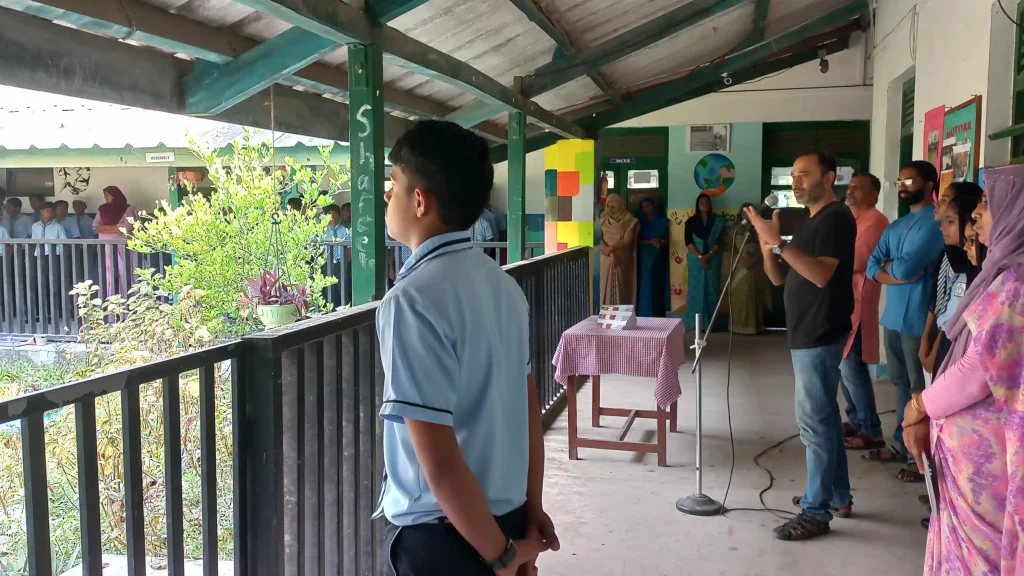
At the heart of all these programs is the human effort committed to bringing science closer to society. With every effort toward a positive change, the people involved navigate numerous challenges.
These include working with local communities and bringing everyone onto the same page, understanding different Reflection perspectives, and earning the trust of locals while showing genuine intent to support them. One must also navigate bureaucratic systems, and convey the complexity of issues to find meaningful solutions.
These are changing times. On a personal level, researchers and educators often carry the anxiety of what the future holds.
Rajeswari BT, a researcher from the Ocean Team in Lakshadweep, shares, “It affects me directly. However, I am not stuck there.”
Achili, from the Eastern Himalayan Program, reflects, “I was happy when I was ignorant.” However, she finds hope in the nascent positive attitudes of the children she works with.
Researchers and educators like Saniya Chaplod, Jithin Vijayan, Mittal Gala, Abisheka Krishnagopal, Rajeswari B.T., and Chamili all agree. They continue their work because they enjoy and love what they do. With this drive, the journey moves forward.

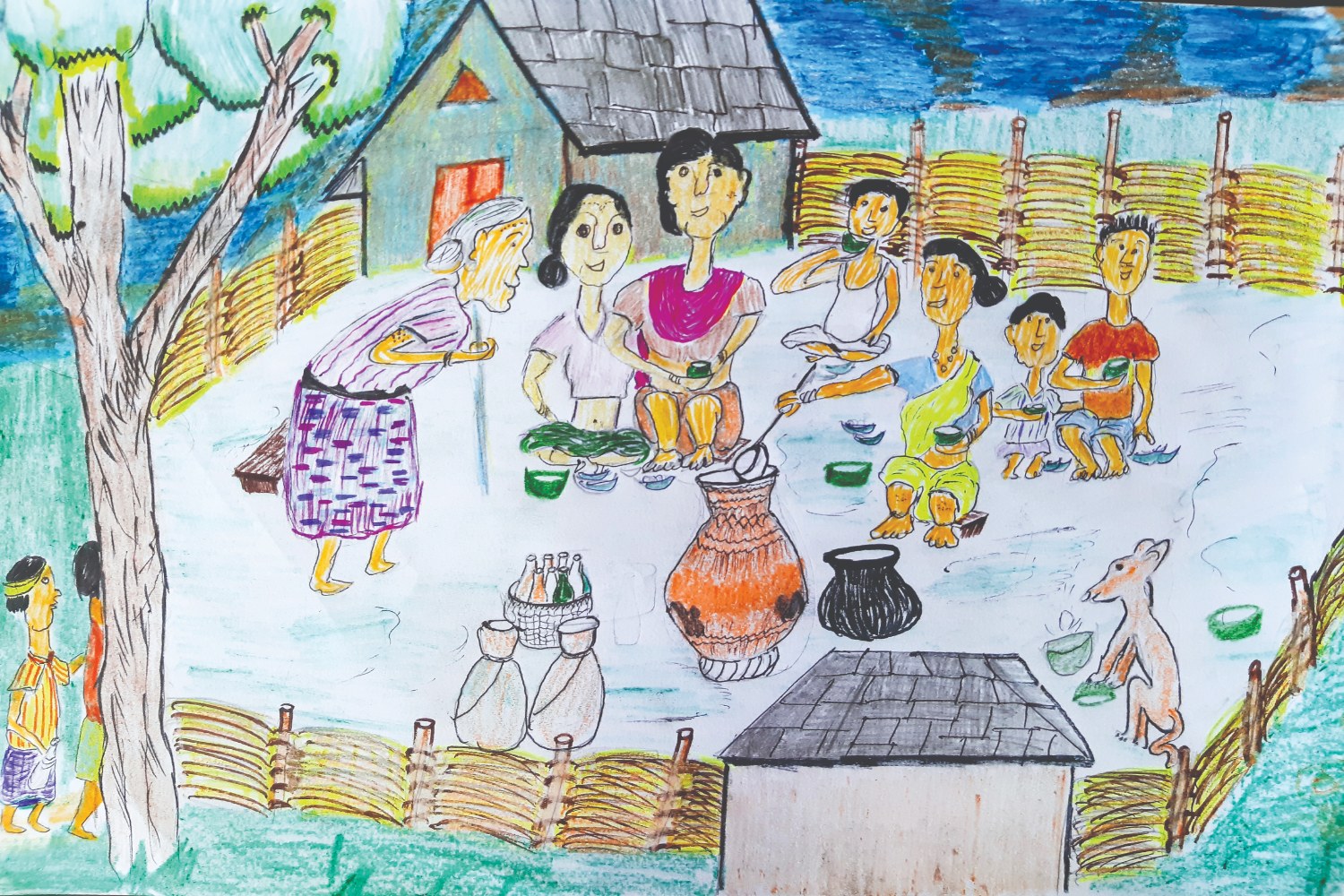
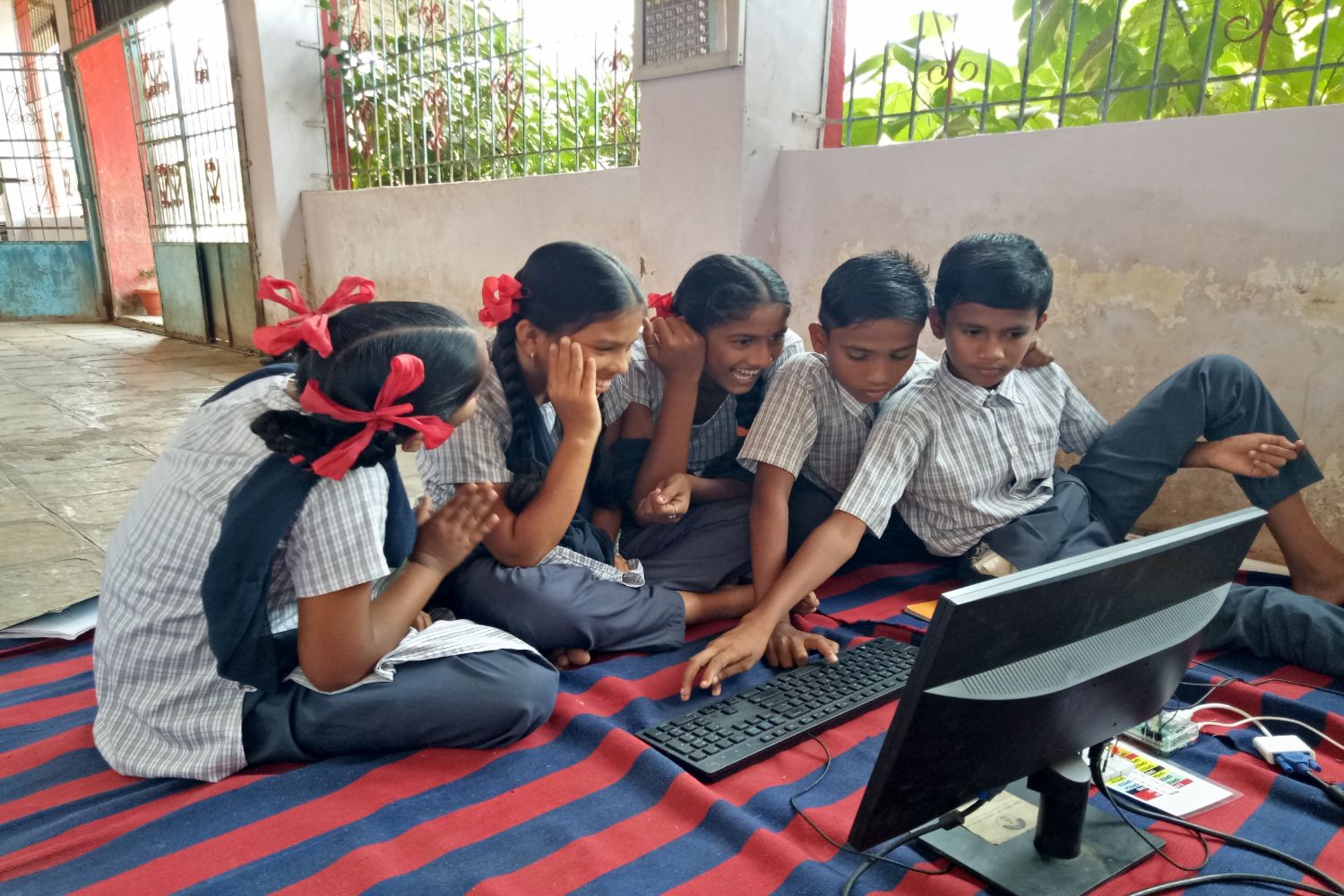
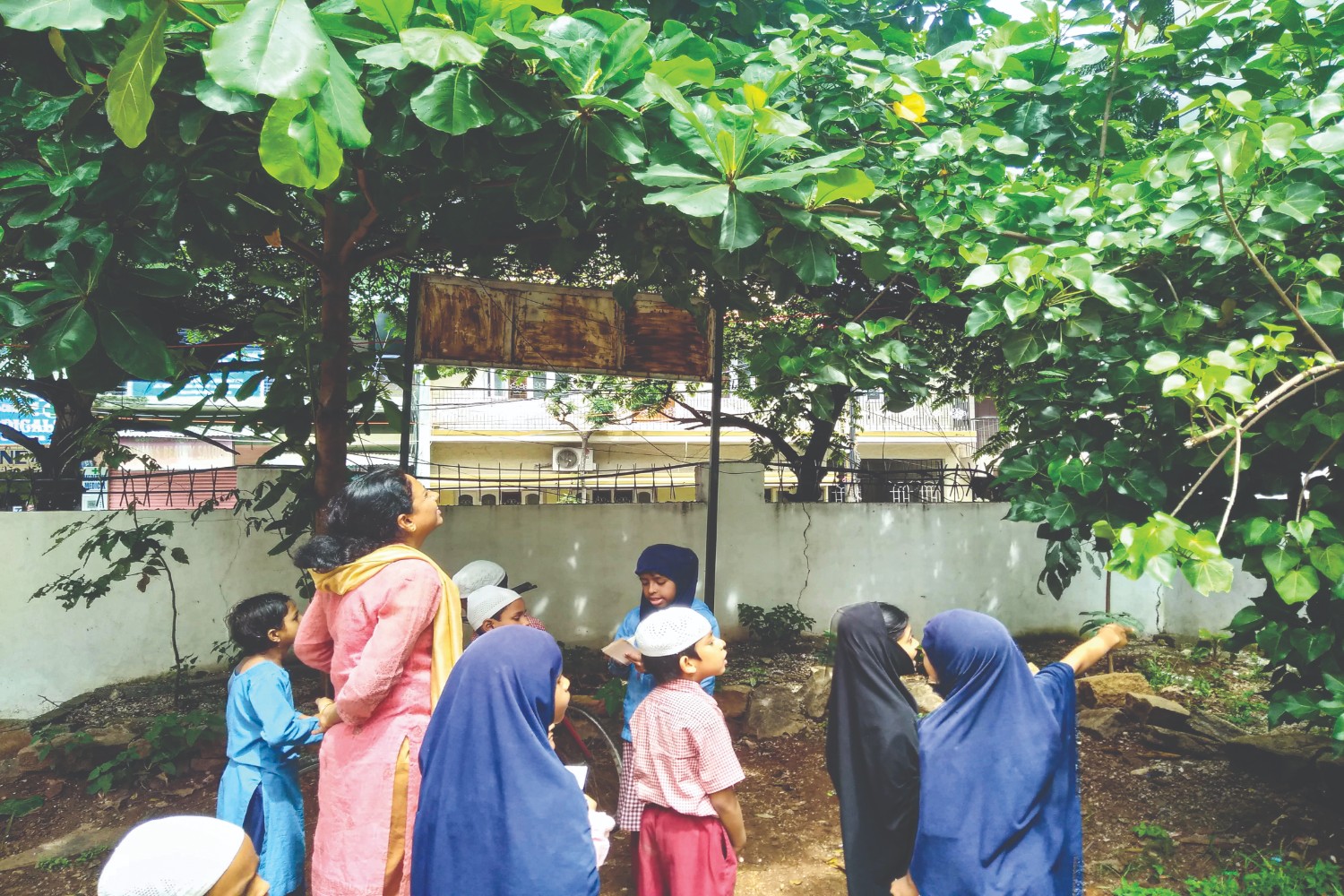
No approved comments yet. Be the first to comment!